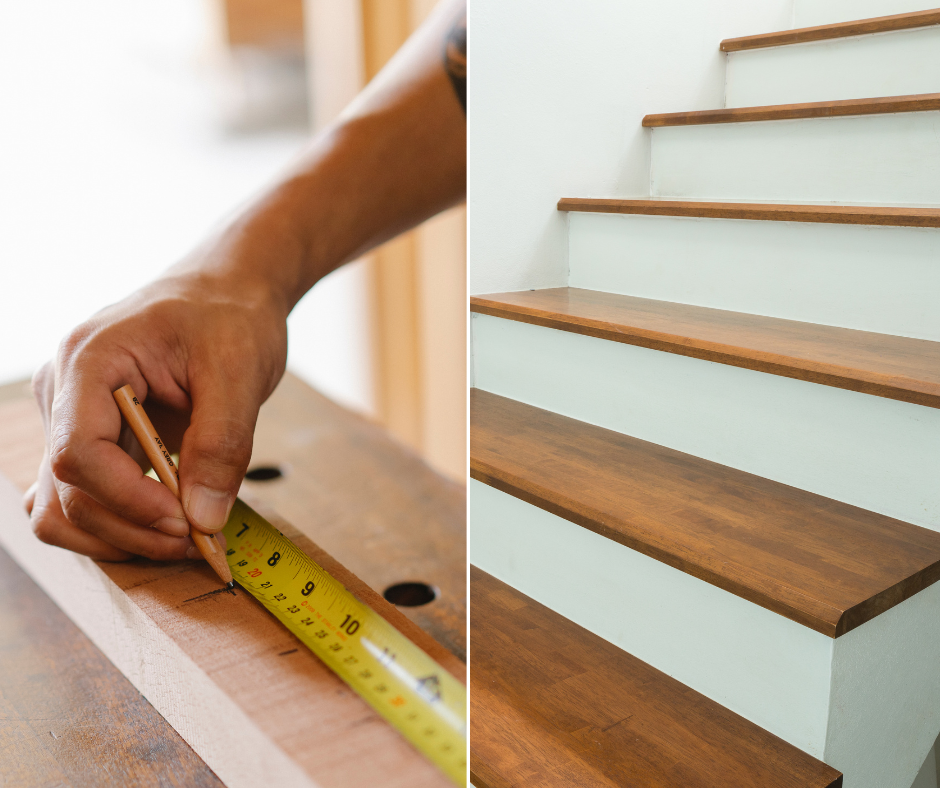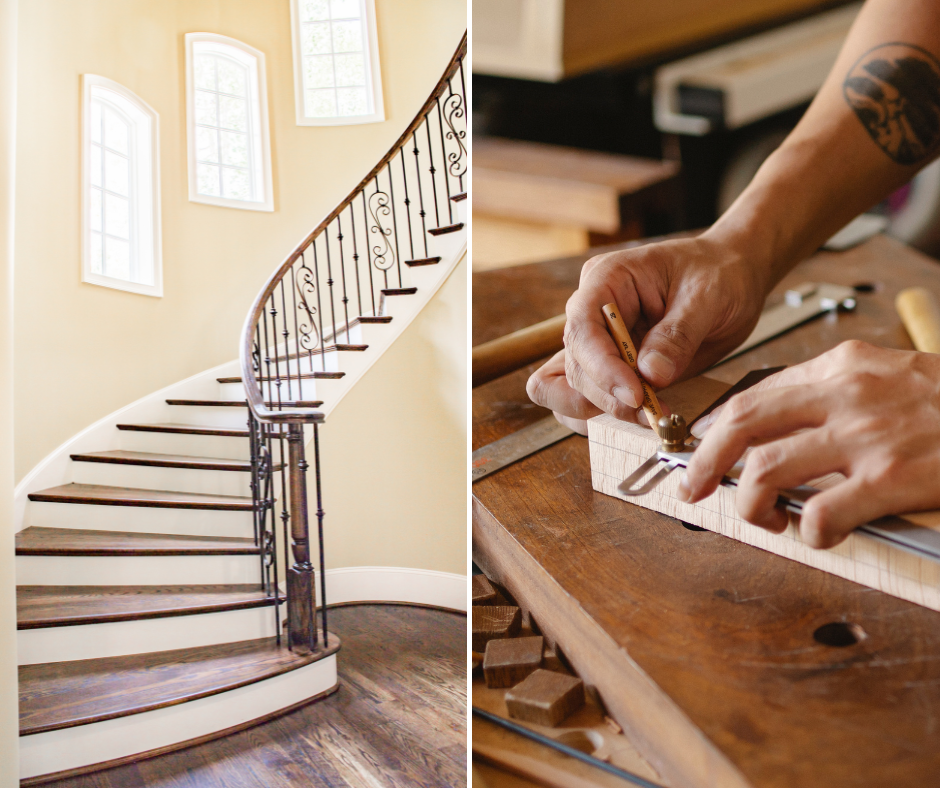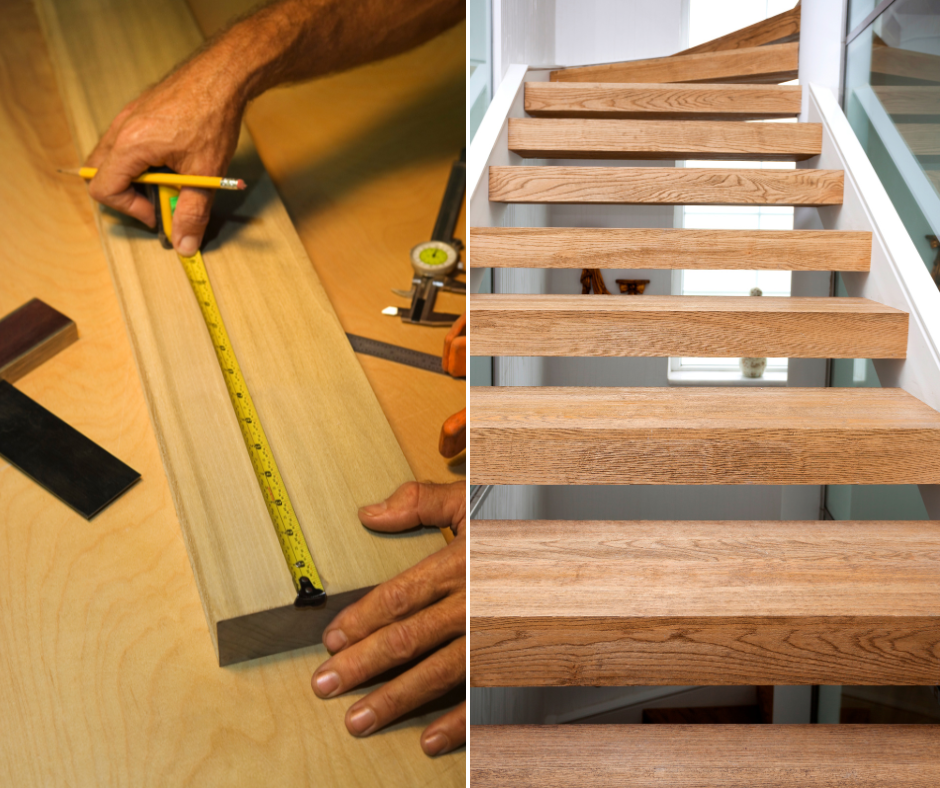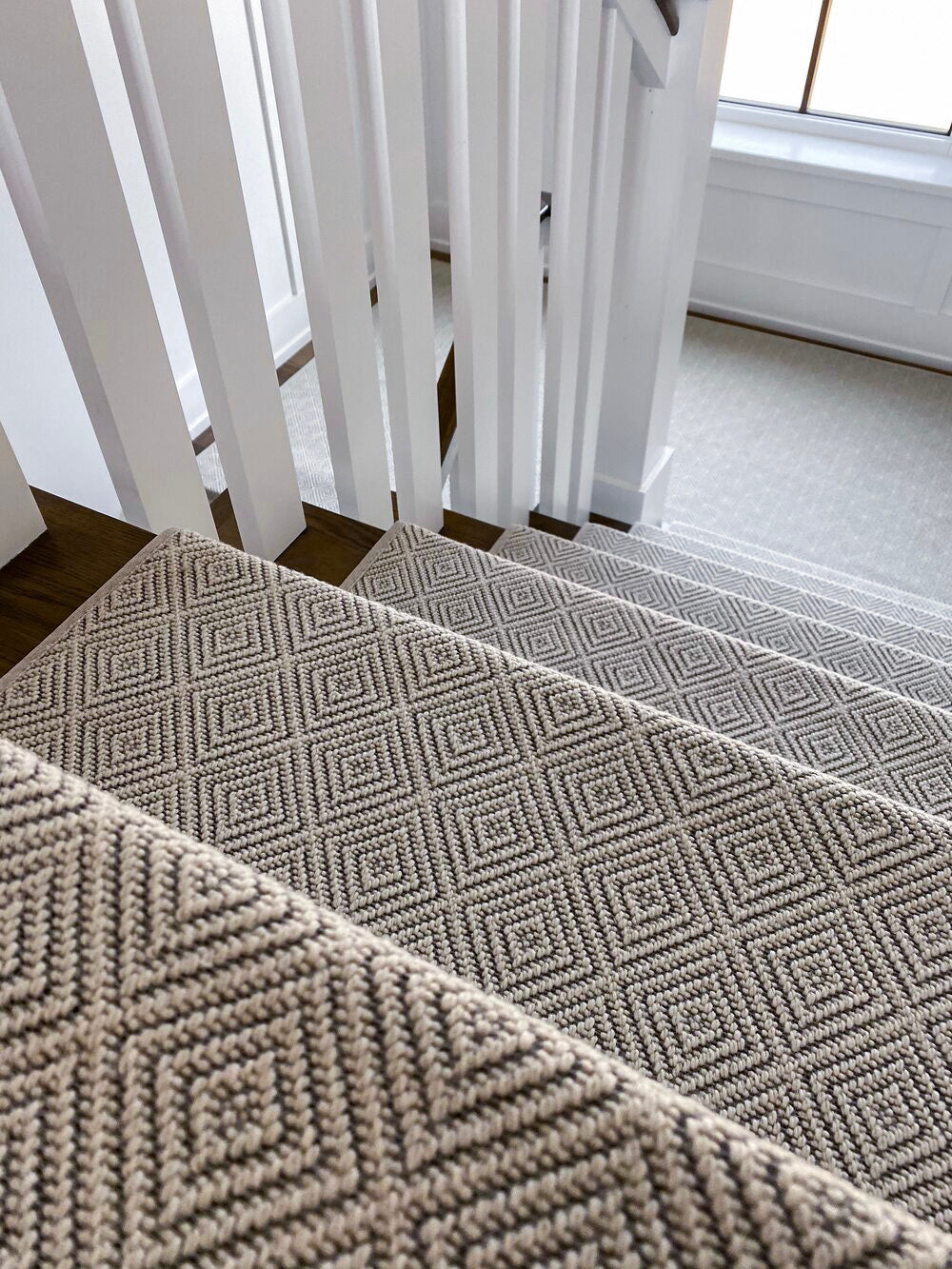When learning how to find rise and run of stairs, you’re taking the first step toward creating a staircase that’s both beautiful and functional.
The rise is the vertical height of each step, while the run is the horizontal depth.
Together, these measurements determine the comfort and safety of your staircase—a detail you can’t overlook, especially if you plan to enhance your steps with carpet stair landings for added style and softness.
Here’s an easy-to-follow guide to help you measure and design your staircase, while meeting safety standards and elevating your home’s charm.
What Are Rise and Run?
The rise is the height between one step and the next.
The run is the part you step on, also called tread depth.
These two measurements work together to create a balanced, comfortable staircase.
How to Measure the Rise and Run of Stairs
Think of the total rise as the height of your staircase from the bottom floor to the top landing.
Using a tape measure, check the distance from the floor below to the floor above.
This measurement lays the foundation for all other calculations.
Determining the Number of Steps
Once you have the total rise, divide it by a typical step height, usually between 7 and 8 inches.
This calculation tells you how many steps your staircase will need.
For example, if your total rise is 96 inches, dividing by 8 gives you 12 steps.
Calculating Each Step’s Rise
After you know the number of steps, divide the total rise by the number of steps to find the height of each one.
Keep this consistent for safety and comfort.
Measuring the Run
The run, or tread depth, is the space your foot lands on.
Aim for a run between 10 and 11 inches for residential stairs—enough for stability without feeling cramped.
Should Stair Treads Have a Slope?
Yes, but only a slight slope.
A minimal incline helps with water drainage for outdoor stairs or complements the staircase's overall angle inside.
However, the slope should not exceed 2%, as this could make steps feel unstable.
Minimum Width of Stairs for Residential Homes
The minimum width of residential stairs is typically 36 inches, measured between the handrails.
This size is ideal for safe and comfortable movement in your home.
Why Accurate Stair Measurements Matter
Measuring stairs correctly isn’t just about following building codes—it’s about creating a staircase that feels right for your family.
Uneven steps or incorrect proportions can make your stairs awkward and unsafe.
But when you take the time to calculate the rise and run accurately, you get a staircase that combines style, safety, and function.
Steps to Success
Mastering how to find rise and run of stairs sets the stage for a safe and stylish staircase.
Start by measuring the total rise, calculate your steps, and adjust the run for comfort.
Remember to consider details like stair tread slope and minimum width to meet safety standards.
With these steps, your staircase will be both practical and a stunning addition to your home.




